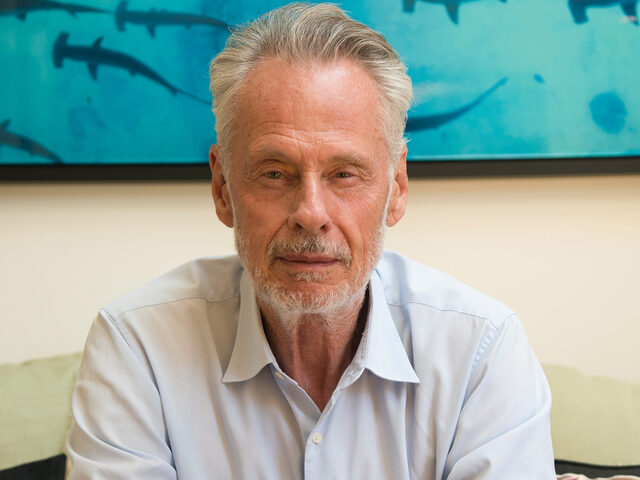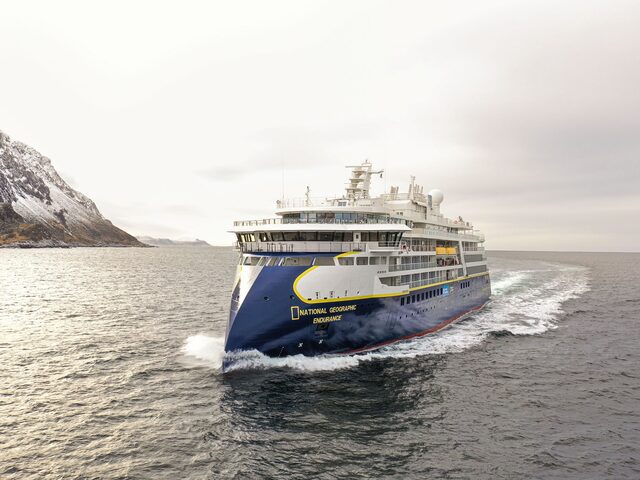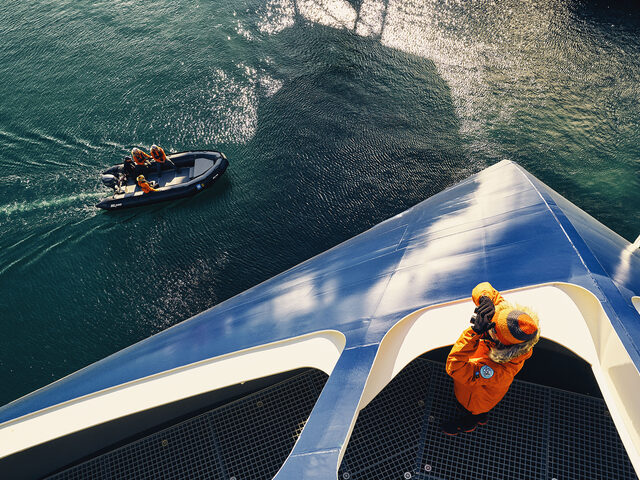ABC News live broadcast from Antarctica during ‘National Geographic Endurance‘ inaugural cruise
In the period 10-18 November 2021, ABC News broadcasted live from ‘National Geographic Endurance’ in Antarctica as part of their climate change coverage spanning seven continents. The expedition cruise vessel is the first of two for Lindblad Expeditions. Both vessels have been designed and built by Ulstein.
ABC News is making a significant investment in its coverage of climate change, tied to the 2021 United Nations Climate Change Conference in Glasgow, Scotland. Through a month-long series in November 2021, Climate Crisis: Saving Tomorrow, there will be broadcasts from all seven continents. The series will examine the causes and risks of climate change, and what steps would need to be taken to limit further damage.
Read the press release from Lindblad Expeditions.
FIRST BROADCAST 10 NOVEMBER:
'Good Morning America' heads through Drake Passage on way to Antarctica
“Climate change is the biggest problem man has ever created”
Sven Lindblad is the Founder and Co-Chair of the Board at Lindblad Expeditions. Through his travels, Sven has seen how nature is impacted by marine pollution, and he is very active in protecting large marine areas. In a previous interview with Ulstein, Sven Lindblad expressed his concerns for climate change:
“It is completely clear that climate change is the biggest problem man has ever created. The only way to get out of this mess, which our children and grandchildren will have to face, is to acknowledge the issue and put it at the forefront of our concerns. By taking people to the polar regions, they see icebergs taller than buildings, they meet scientists and specialists, and they develop an emotional connection to the issue. A lot of influential people travel on these ships, and I’ve seen consequences in various ways. One of the results is the fund set up by National Geographic and Lindblad Expeditions, to which previous passengers have donated $15 million to improve the health and viability of the world’s oceans”.
Developing the ‘National Geographic Endurance’
When Lindblad Expeditions first contacted Ulstein, it was because the shipowner had become aware of the X-BOW® hull design solution. This provides less resistance in the sea and thus reduces fuel consumption.
“Through the cooperation with Lindblad and other major stakeholders we created a vessel, from the initial sketches, through engineering and construction, into a state-of-the-art exploration cruise vessel, based on the Owner’s vision,” says Terje Våge at Ulstein Design & Solutions AS. In this project, he acted as Lead Naval Architect.
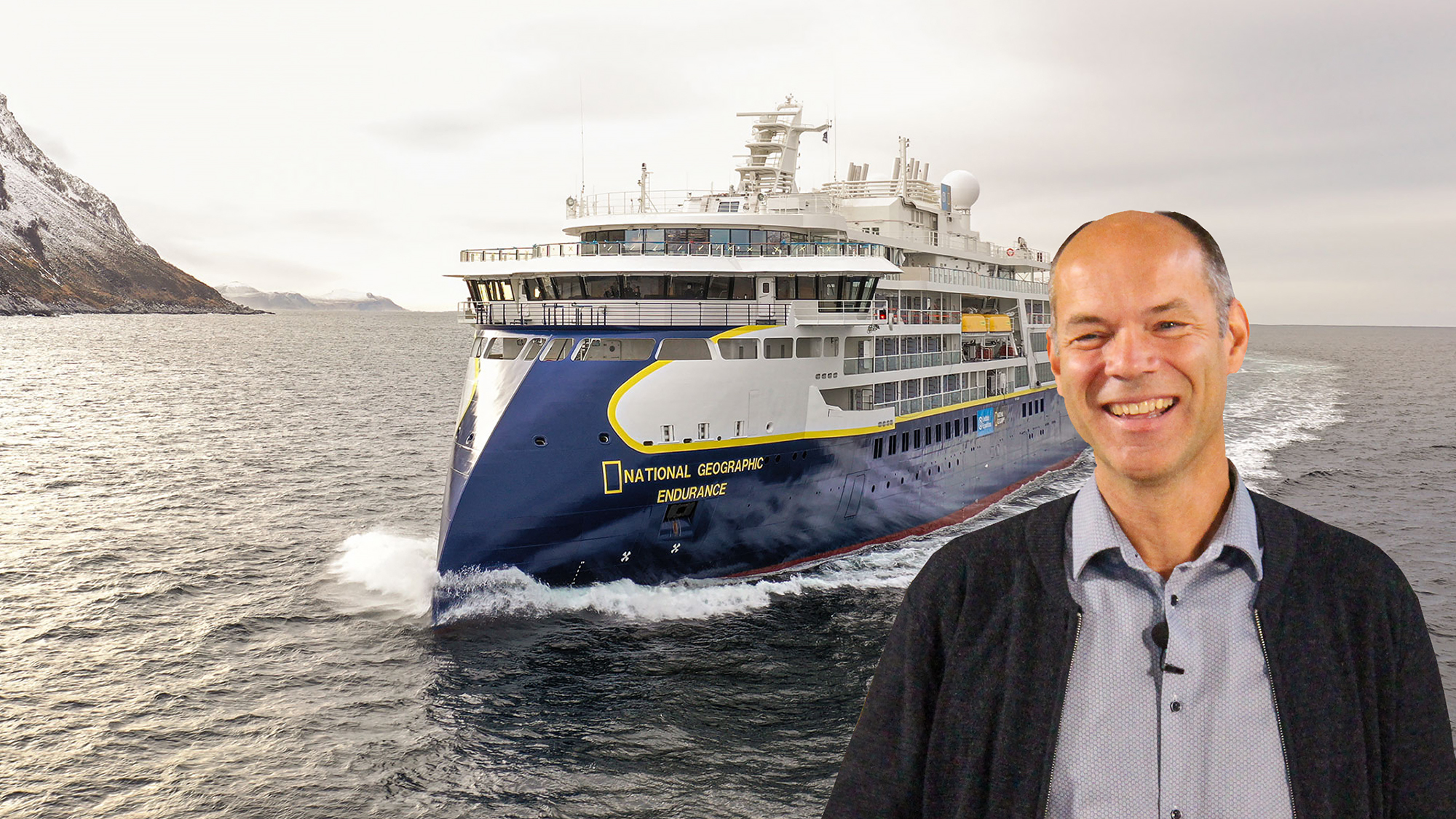
Watch Ulstein’s cruise webinar on the Lindblad vessels
Våge continues:
“Environment and safety are closely connected. There are several rules and regulations for the design and construction of any ship. For a polar exploration cruise vessel that is intended for operations in desolated areas, a few extra issues must be kept in mind. The Polar code and the Safe Return to Port regulation set requirements to enhance safety to protect both the vessel, everybody onboard and the environment. The National Geographic Endurance, as the first passenger vessel, meets the Polar Class (5) ice strengthening regulation. This increases the safety, and the season can be expanded by entering the polar areas earlier in the spring when the nature is on its most beautiful.”
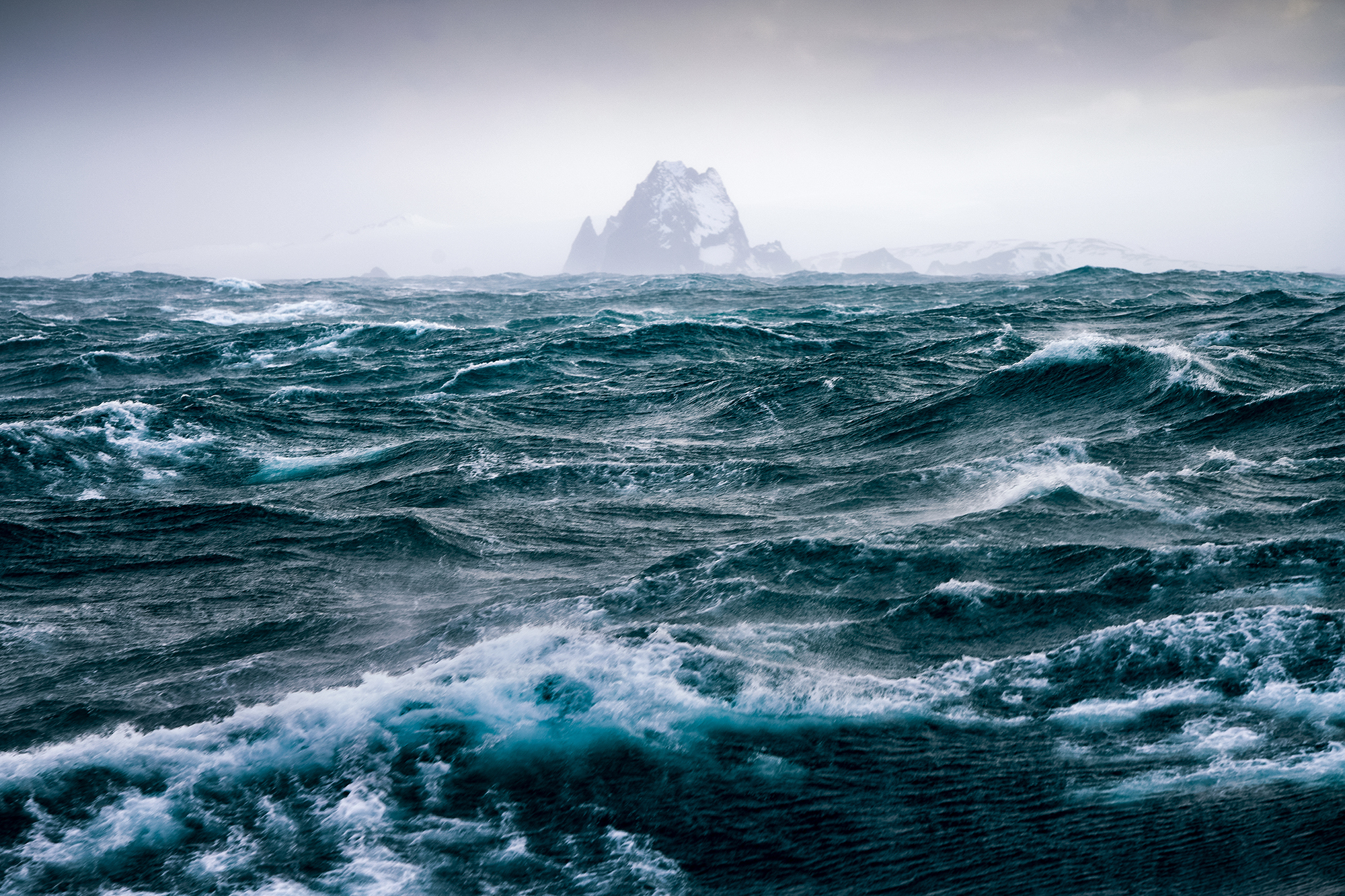
“Two separate engine rooms and a double propulsion system is a part of the required enhanced safety. In addition, the two rotating propulsion units improve manoeuvrability, which is particularly important in ice infested waters. And due to potential long voyages, fuel and provision capacities are large and make the vessel capable to operate for about 40 days without new supplies.”

The ‘Endurance’ is optimised for low impact on the nature
"Emissions to air and water are limited by the strictest marine regulations and the engines are therefore running on low sulphur Marine Gas Oil. No fuel tanks are arranged directly towards the shell, this reduces the risk of oil spill into the sea in case of an accident. The vessel has a treatment system for the ballast water to avoid the spread of biological organisms from one area to another, and she is designed to minimize the impact on marine life by causing low underwater noise levels. To minimize the power consumption, all lighting is based on LED technology and the waste heat from engine cooling water and from the exhaust gas is recovered and used for heating purposes and freshwater production. Environmentally-friendly solutions have been taken into consideration in the development of the ‘Endurance’ from scratch,” concludes Våge.
Please contact us for more information
Contacts
Companies
-
Ulstein Design & Solutions AS
P. O. Box 278,
Tel: +47 7000 8000
NO-6067 Ulsteinvik
Norway -
Ulstein Verft AS
P. O. Box 158,
Tel: +47 7000 8000
NO-6067 Ulsteinvik
Norway





